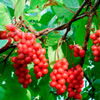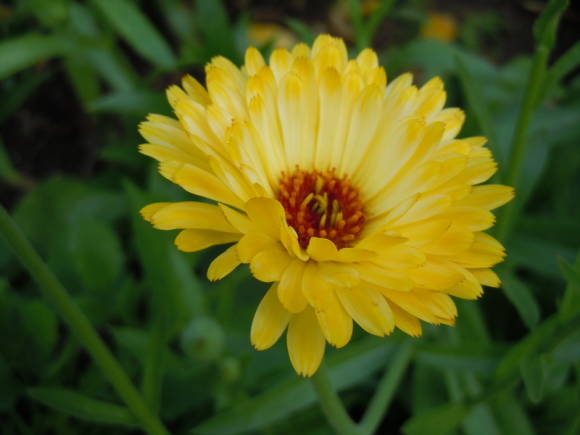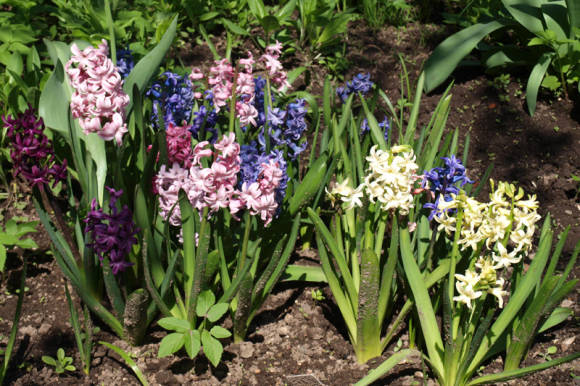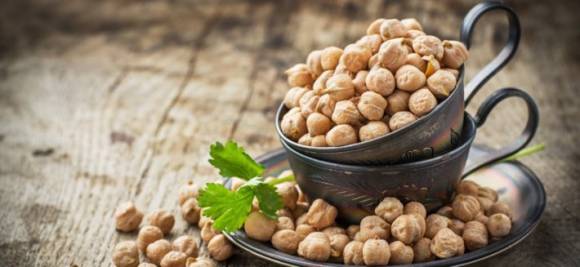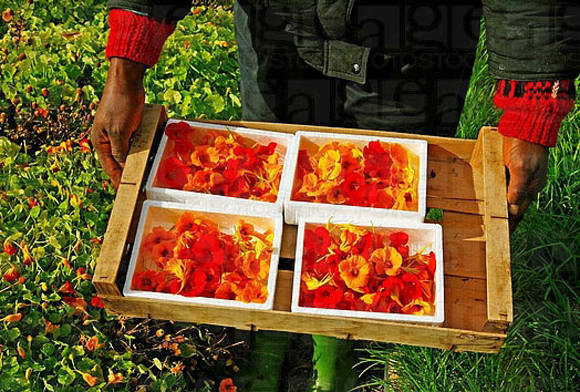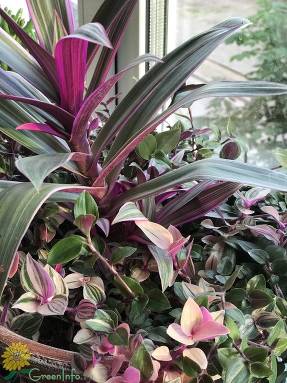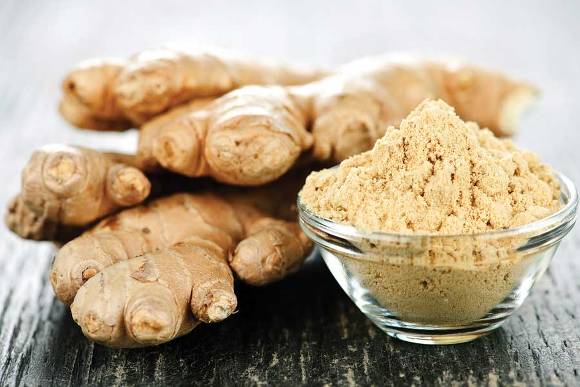On the eve of New Year's holidays in flower shops you can find a very interesting low plant with glossy, often variegated, thorny leaves, slightly wavy and jagged at the edges, and bright red berries - this is holly, or holly. In Europe, holly is a favorite Christmas plant, symbolizing suffering, resurrection, hope and eternal life.
The traditions of decorating temples and houses for Christmas in different countries are slightly different, mainly evergreens growing nearby are used. Our symbol of Christmas has become a spruce, which is decorated on the eve of the holiday; it is its green branches in combination with white flowers that adorn churches.

Holly is one of the few native evergreens in the British Isles and has a great ability to adapt to harsh conditions. People paid attention to the hardy holly, which preserves not only its green leaves even in winter, but also the red berries of holly long before the advent of Christianity. Magical properties were attributed to the plant, it was a symbol of the struggle between life and death. Holly occupied a large place among the Druids at the winter solstice festival. Like many other pagan traditions, deeply embedded in everyday life, decoration with holly branches later became an attribute of Christian Christmas, celebrated at the same time.
Read more in the article Holly winter magic.
Holly does not grow in our country, and its use at Christmas is not a tradition, but a tribute to fashion, but the plant is unusual and attractive, especially the numerous variegated forms. The novelty fell in love and is willingly bought as a houseplant. In order for it to adapt well and to please in the future, we must try to take into account its natural capabilities.
Holly (Ilex aquifolium) - an evergreen slow-growing shrub or an erect, pyramidal, densely branched tree up to 10-25 m high and a crown diameter of about 5 m.The leaves are alternate, oval, leathery, glossy, dark green above and lighter on the lower side, with prickly, serrated edges, 5-12 cm long and 2-6 cm wide. Each leaf lives for about 5 years, and then falls off. Holly is a dioecious plant, male and female flowers bloom on different plants. Before the first flowering, which occurs at 4-12 years old, it is impossible to determine the floor of the tree. The flowers are small, with four petals, appearing on the branches of last year's growth from May to June. On male plants, flowers are yellowish and are located in groups in the axils of the leaves. On female specimens, they are white or pinkish, solitary or collected in groups of 3. Fruits are formed only on female plants, these are drupes about 6-10 mm in diameter, red or orange with 3-4 seeds. The fruits ripen in October-November, they are eaten by birds, rodents, herbivores, but for humans, holly fruits are poisonous, especially for children.

In many ways, the cult of the holly was associated with its medicinal properties. The leaves were used as a diaphoretic, expectorant, antipyretic and tonic. They can be eaten fresh at almost any time of the year, or harvested in late spring and dried for later use. Fresh leaf juice has been used successfully in the treatment of jaundice. The berries have strong emetic and laxative properties and have been used to treat dropsy. The roots were used as a diuretic.
The leaves are still used to make a drink similar to the famous mate tea, which is brewed from the caffeinated leaves of Paraguayan holly.(Ilex paraguayensis). Roasted fruits are used as a substitute for coffee, but care should be taken as they can be laxative and emetic.
Holly is native to Europe, Western Asia and North Africa. It grows in Western and Central Europe, including the UK, from Norway to Germany in the south to the Mediterranean Sea.It tolerates only short-term frosts down to -15 ° С and does not like hot and too humid summers. Holly cannot grow north of the 7th zone of winter hardiness and needs high air humidity, as on the sea coast.
Holly can grow in shade, partial shade, or full sun. It tolerates well most soils (pH 3.5 to 7.2), including peat, chalk, gravel, sand and shale. If they are not waterlogged, grows well on heavy clay soils, adult specimens are quite drought-resistant. The plant can grow on the seashore and suffers from atmospheric pollution. The holly is capable of regeneration from the main stem above or below ground level.
Holly is available in over 100 horticultural forms, some suitable for potting and container growing.
 |  |
- Argentea Marginata - medium-sized tree with a conical crown, prickly wavy leaves with a wide cream edging, young leaves with a pink tint. Flowers are small, dull white; the berries are bright red.
- Myrtifolia Aurea Maculata - a compact large shrub with young purple stems. The leaves are small, ovate, with short, regular spines and a dark yellow central spot. The flowers are small, dull white.
- Golden queen - a small evergreen tree or shrub with wide, spiny ovoid leaves, painted in a bright golden yellow color. The flowers are small, dull white.
- Pyramidalis Fructu Luteo - vigorously growing large shrub or small, up to 6 m tree with a conical crown, with dark green, variably prickly, narrow-ovoid leaves. The flowers are small, dull white, with cross-pollination, numerous bright yellow berries are formed.
- Silver Milkmaid - a tree up to 6 m tall, with thorny dark green leaves with an irregular white central spot and bright red berries.
- Handsworth New Silver - a compact, dense tree or shrub with young purple shoots. Leaves are elliptical, up to 9 cm long, have thorns in the plane of the leaf, with a wide white edging. The flowers are small, white, only feminine, with bright red berries that form after cross-pollination.
- Silver queen - a dense compact tree or shrub with purple young shoots, young leaves with a pink tint. Mature leaves are thorny, dark green with a wide creamy edge. Flowers are small, white, only male, berries are not formed.
- Pyramidalis is an actively growing, but low tree or shrub of a narrow conical shape with narrow, bright, dark green leaves with sparse thorns. Flowers are small, dull white; the berries are red. The variety is hermaphroditic, can produce berries when self-pollinated.
But, despite all the wide adaptations of the holly to the various conditions that it encounters in nature, it is difficult to keep this plant at home. Although, if there are conditions for plants with similar requirements, such as myrtle, rosemary, laurel, olive, then the holly will be fine there.
It is better to keep the holly as a container plant, putting it in the garden for the summer and putting it in a cool greenhouse for the winter. This is a great plant for a cool winter garden, if there is a suitable bright terrace in a country house or a frost-free loggia in a city apartment. The plant in the room will not tolerate the lack of coolness, full of sun, access to moist fresh air in winter.
On the eve of the holidays, holly can be dressed up like a Christmas tree. But the sharp leaves of some varieties can prick, and the bright red holly berries are poisonous, which is dangerous for young children. After the purchase, find the coolest and brightest place for the plant, protect it from the hot air of heaters and batteries. In a warm room, place it closer to the window pane, under a light cool, but not frosty draft.
Home care
Lighting. In nature, holly grows in the shade of a dense forest, in a light forest or in an open place, but prefers bright sunlight, especially variegated varieties.Keep the plant indoors on southern windows; good ventilation will be required on hot days to keep the plant from overheating, or a little protection from the midday scorching sun on hot days. Outdoors, holly grows well in open, sunny areas. In winter, provide the plant with bright light; if there is a lack of natural sunlight, use backlighting.
 |  |
Temperature. In summer, holly prefers temperatures no higher than + 21 ° C, he does not like heat. In winter, provide cool conditions with low positive temperatures, avoiding negative values.
Watering regular, as the top layer of the soil dries out. The substrate is always kept evenly moist, preventing overdrying and stagnation of water in the pot. Holly will tolerate a little drying better than constant waterlogging.
Read more in the article Watering rules for indoor plants.
Air humidity holly needs high. Spray the leaves frequently on hot days in summer. In winter, the plant should rest in a cool place; in such conditions, the air humidity should not be increased. Dry warm air causes severe spider mite infestation, which can lead to leaf fall and death of the plant.
Soil and transplants. Holly does not impose special requirements on the soil, it can grow in both acidic and slightly alkaline substrates, but it is important that the soil mixture is well drained throughout, the holly does not tolerate stagnant water in the roots. A ready-made universal peat substrate with the addition of perlite is suitable for it. The growth rate of the holly is low, so there is no need for annual transplants, it is transplanted by careful transfer into a pot 2-3 cm larger in diameter every few years, as the roots develop the previous volume.
- Soils and soil mixtures for indoor plants
- Transplanting indoor plants
Top dressing applied from spring to autumn, using ready-made universal mineral complex fertilizers with microelements in a half dose.
Reproduction. Holly seeds germinate poorly and require preliminary stratification, and in varietal plants the seedlings will differ from the parent specimen, therefore it is mainly propagated by vegetative methods: cuttings and layering.
On the cuttings, the apical parts of the shoots about 10 cm long are taken and planted in peat / coconut tablets or in a prepared substrate according to the standard technique, using Kornevin. The planted cuttings are placed in a greenhouse. Rooting can take several months.
Read more in the article Cutting indoor plants at home.
For layering, a branch is tilted to the ground, at the point of contact with the ground, the bark is slightly scratched at the site of the knot, powdered with Kornevin, fixed with a hairpin and sprinkled with a small layer of substrate.
Flowering and fruiting. Flowering occurs in May. The flowers are fragrant, but small, inconspicuous. A single specimen does not produce fruits. Since the holly is a dioecious plant, for fruiting it is necessary to have both a flowering male and a female specimen, and to carry out artificial pollination. The exception is some hermaphrodite varieties. The fruits ripen in autumn - for humans, especially for small children, they are poisonous. In nature, the fruits become edible for birds and rodents after the first frost.
Pruning and shaping. If the plant is kept only as a decorative deciduous plant, then it can be cut at any time. If flowering is interesting or fruiting is expected, then it should be borne in mind that flower buds are laid on last year's increments, therefore, all pruning is done only after the end of flowering, in the summer of the current year, or after fruiting, in the spring of next year.
Diseases and pests. Holly is often affected by the scale insect, mealybug, whitefly. If these pests are found, treat with Aktara or other systemic insecticides.In the dry air of a warm room in winter, the plant is strongly affected by a spider mite, treat it with acaricides and change the wintering conditions, transfer the plant to a cool and very bright place.
Read more in the article Houseplant pests and control measures.
 |  |
